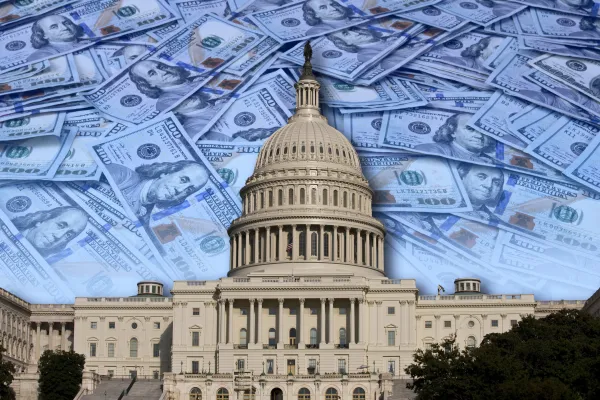With the so-called fear index trading near a 12-month low, some contrarians think the market is extremely overbought and ready for a fall. The VIX, short for the Chicago Board Options Exchange Market Volatility index, has tumbled some 65 percent in the past 5 months, as stock prices have rallied.
The VIX “is now trading at a level which has triggered many sell-offs in the stock market over the years as investors become more and more comfortable and greedy with rising stock prices,” financial blogger Michael Michaud wrote recently on Seeking Alpha.
But other observers say that makes this a good time to buy exchange-traded funds that track the VIX as a form of portfolio insurance.
“Risk-taking has started to replace fear,” Daniel Sckolnik, a senior analyst for research firm Sabrient Systems, wrote in a recent edition of its newsletter, ETF Periscope. And Sckolnik says, “That’s an opportunity to catch up on some portfolio insurance via the VIX at what is a relatively low price.”
He notes that the explosive nature of the VIX, which can shoot up 20 percent or more within a few days if the market starts to tank, “makes it a valuable tool for protecting yourself against sharp, downside moves.”
Since you can’t trade the VIX directly, Sckolnik recommends one of the various ETFs that track the index. He likes the VXX (iPath S&P 500 VIX Short-Term Futures ETN), which tracks the near-term futures, in particular because it is one of the most liquid of the VIX-based ETFs.
Sckolnik also likes the VXZ (iPath S&P 500 VIX Mid-Term Futures ETN), which he says can be used to similar effect, though he notes that it has “a slightly less explosive nature than the VXX,” as it tracks the VIX midterm futures.
"With the VIX trading at levels not touched on since 2007," he told Institutional Investor in an email on Wednesday, "it remains a great opportunity to acquire relatively 'cheap' insurance against sharp drops in the market that may occur due to an Israeli strike against Iran, a disorderly Greek default or a less obvious 'Black Swan' event."
There are other ETFs available to hedge against a market correction, as Stoyan Bojinov pointed out on Wednesday on ETFdb, an ETF online database.
Bojinov identifies the following three: the U.S. Market Neutral Anti-Beta Fund (BTAL), which holds long positions in the lowest beta stocks and short positions in the highest beta stocks; the U.S. Market Neutral Quality Fund (QLT), which buys stocks that have a combination of high return on equity and low debt-to-equity, while at the same time shorting securities with low or negative return on equity and high debt-to-equity ratios; and the U.S. Market Neutral Anti-Momentum Fund (NOMO), which holds long positions in stocks that are deemed to exhibit low-momentum characteristics, while simultaneously shorting high-momentum securities.






